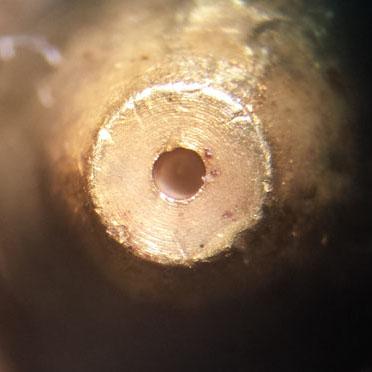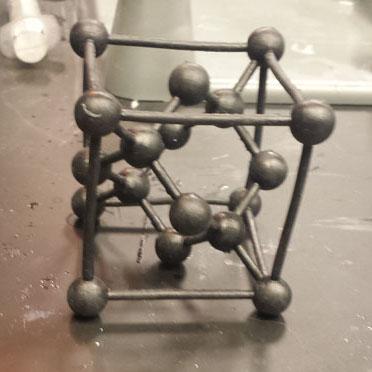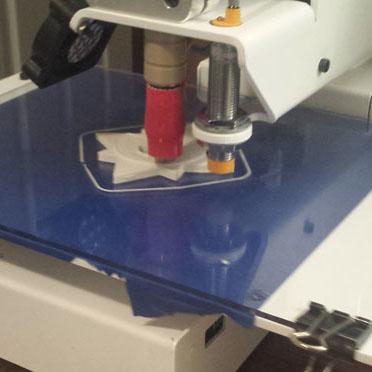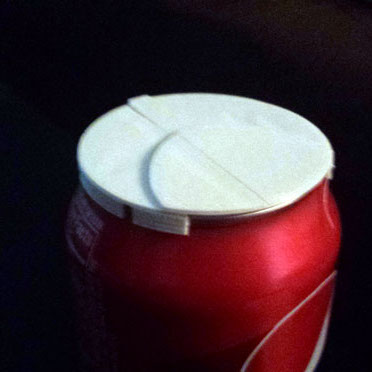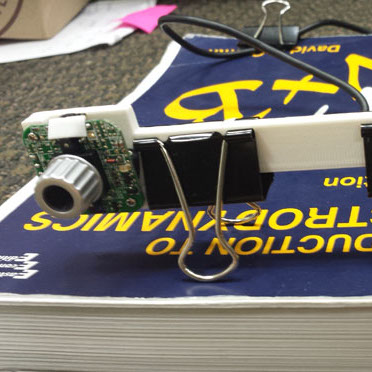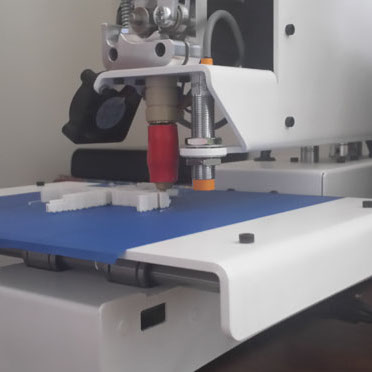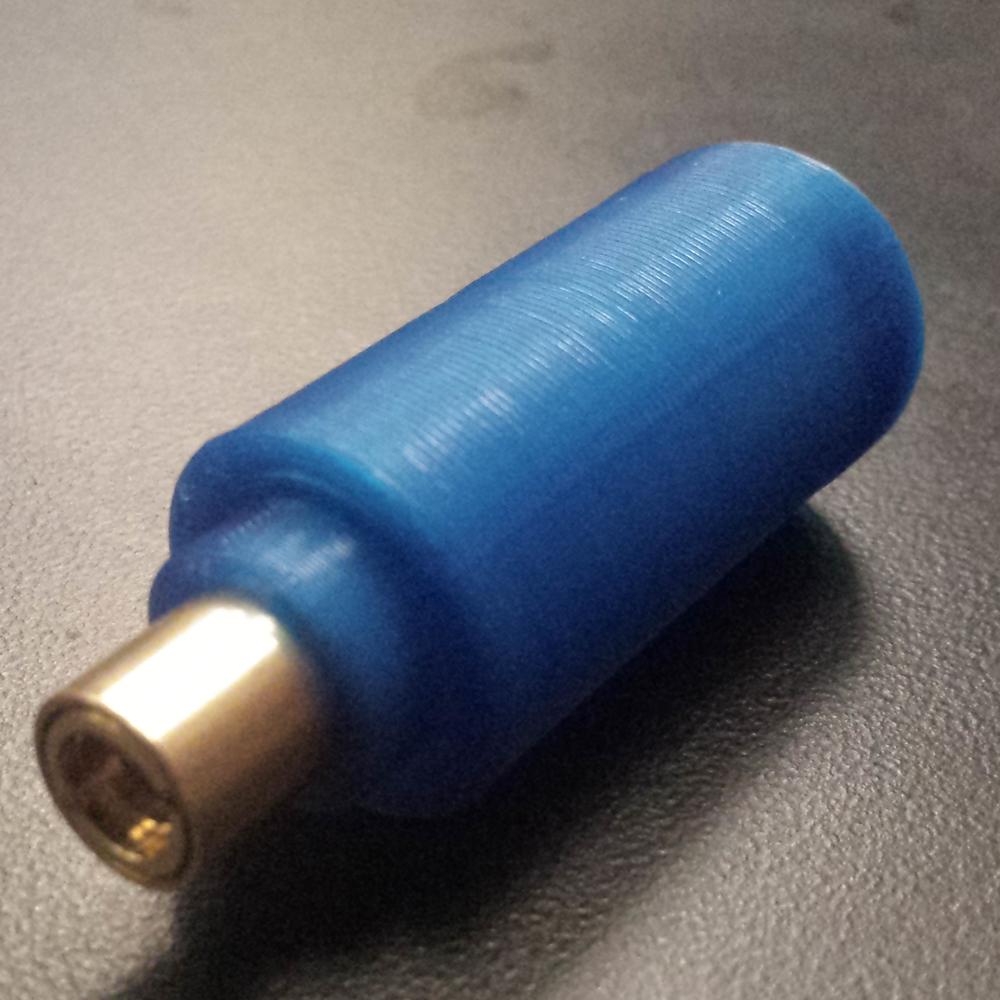
Laser Mount for Classroom Use
A friend of mine was in need of a set of cheap lasers for a class he was teaching on optics. Instead of using enclosed laser pointers that ran on obscure button cell batteries, he decided to purchase laser diodes and wire them for connection to a benchtop power supply. This allows for a more hands-on approach for the students, getting them more involved in the projects they are working on.

